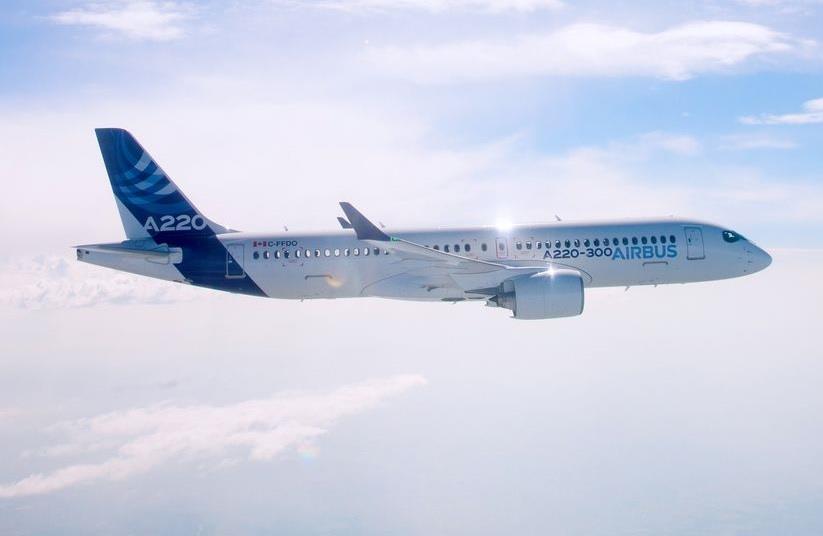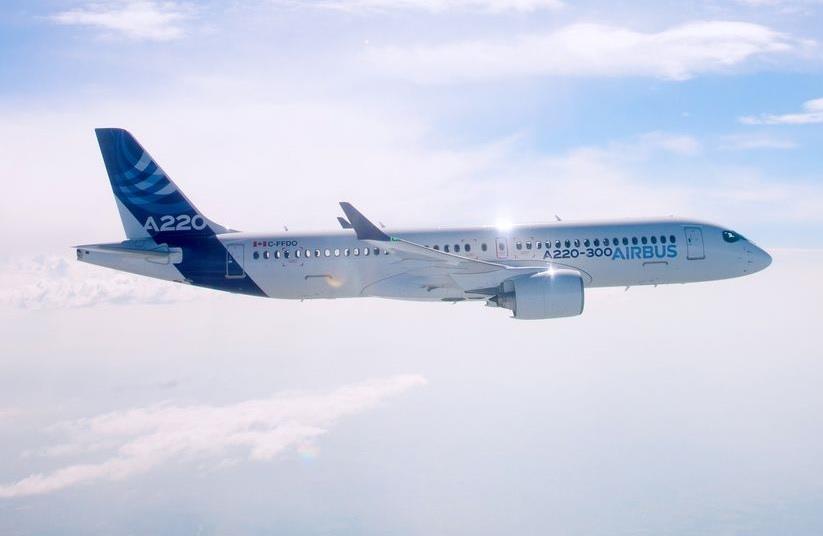Il discorso sull’A220-500 è interessante perché intorno a questo modello può girare il futuro dell’offerta di Airbus nel segmento dei narrow bodies.
Per ammissione stessa di Christian Scherer, Airbus Communications Director, l’ampliamento della gamma dell’A220 permetterà la sostituzione della famiglia A320: “
the A220, once stretched, will become the successor to our A320 family.” (
https://www.aviacionline.com/2021/10/airbus-set-to-produce-a-larger-variant-of-the-a220/)
(Forse – azzarderei io – non ancora dell’A321, che sta trovando spazi di mercato ancora preclusi alla famiglia dell’A220, almeno finché l’A220-900 resterà nient’altro che un marchio registrato).
Ma secondo altre letture (
https://simpleflying.com/airbus-a220-500-market-analysis/), almeno nel medio periodo, le due famiglie potrebbero trovare motivi di convivenza. L’articolo di Simpleflying cita almeno due argomenti a favore di questa tesi:
- le compagnie che operano gli A32s vorrebbero mantenere un elevato grado di flessibilità nella gestione delle flotte, cosa non consentita dalla mancanza di commonality fra le due famiglie, mentre quelle che hanno puntato sull’A220 vedrebbero certamente di buon grado l’ampliamento della gamma
“
we would imagine that airlines already heavily invested in the A320 family type would try to remain within the family (think easyJet, Air Arabia, AirAsia).
The same goes for operators that are keen to feature the A220- airBaltic and Breeze Airways come to mind. This would ensure efficiencies when it comes to crew training, maintenance, spare parts, and more- something that is lost if a carrier has both the A220 and A320.
Air Canada, Air France, Delta Air Lines, and several other operators do operate both Airbus types. However, their operations and fleets are already so diverse that they would prefer the operational flexibility of having aircraft of various sizes. It's also interesting to note that most of the airlines operating A220 and A320 type jets are also operators of the A321. This tells us that these carriers want to operate routes at opposite sides of the spectrum - something that no single family of aircraft can do.”
- Il secondo argomento a favore della convivenza poggia sulla considerazione che le linee produttive dei 32s sono sature (2347 consegne a fronte di 8502 ordini) e, considerando l’attuale media delle consegne, ci potrebbero volere 10 anni solo per esaurire l’attuale backlog. Il 220-500, quindi, potrebbe funzionare come sostitutivo del 320 in tutta questa fase nella quale il carnet di Airbus è così pieno.
Sempre da Simpleflying: “
When it comes to the A320neo, over 2,300 aircraft have been ordered that are yet to be delivered. Indeed, if an airline were to join the 'back of the queue' now, there is most definitely a multi-year waiting period to receive the new narrowbodies. Therefore, with limited production slot availability, Airbus could find ways to ramp up A220 production at the respective facilities and offer airlines a comparable product- one that is available within a shorter period of time.”







